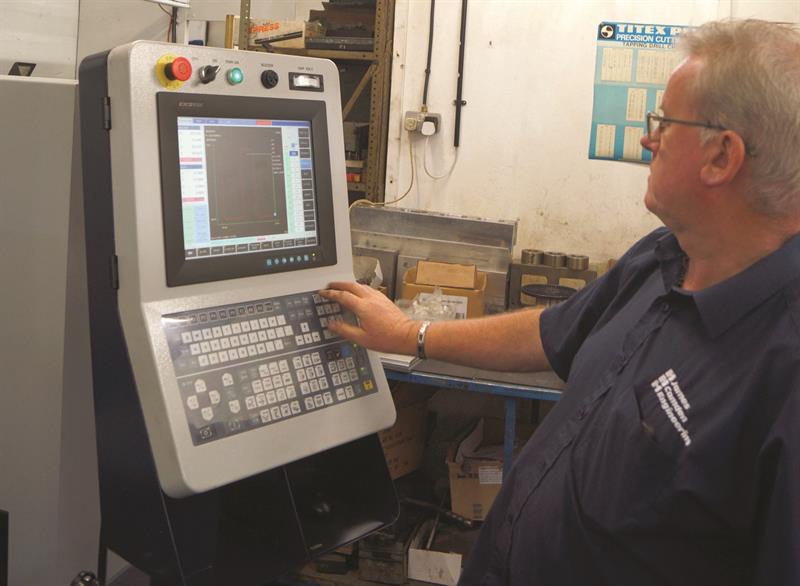Dave Bloxham, managing director of its subcontractor, James Camden Engineering, says: “The AM process allows design engineers to push the boundaries in industries looking for performance and also cost advantages. They can create components to fit exactly within very confined spaces, reducing weight without compromising performance. For example, we worked with i2M on components for an intricate motorsport cooling system. There was no way the design specification could have been achieved without using additive manufacturing.”
The Warwickshire-based tool and mould making specialist's toolroom skills and knowledge are proving vital for i2M's metal part output. By way of explanation, Innovate2Make co-director Mike Kelly points out that additive manufacturing’s reputation of requiring no tooling is slightly erroneous.
He says: “As the parts are grown, they will often require some form of support structure that can be grown at the same time as the component. While we can vary the density of the supporting elements, such that they can be removed by hand, sometimes the support is more intricate, requiring specialist knowledge and equipment.”
Post-printing processing is where James Camden Engineering comes in. The company works hand-in-glove with i2M to remove all of the supporting structures, protective shells and excess material, such as base plates, to finish the parts. Most of this is achieved by CNC wire EDM machines from Excetek, with the company having invested in three Excetek wire EDM machines from Warwick Machine Tools (01676 534534).
To meet i2M’s needs, James Camden Engineering initially purchased a V350G Excetek machine with part capacity up to 700 by 500 by 215 mm in its 600 l tank.

Dave Bloxham operates the Excetek V650G
When growing demand led to a capacity increase, it ordered a further two mid-sized V650G machines. The standard V650G has axis travels of 650 by 400 by 350 mm in X, Y and Z, respectively, accommodating workpieces up to 1,000 by 700 by 345 mm and weighing up to 800 kg. In addition, the V650G machines specified by James Camden feature an extended Z-axis to allow larger base plates to fit between the wire guides.
Concludes Kelly: “Between the AM process and the skills provided by Dave and his staff, we can effectively offer the complexity of handcrafted parts, but with the production integrity of mass produced items.”
This article was published in the July 2016 issue of Machinery magazine.




